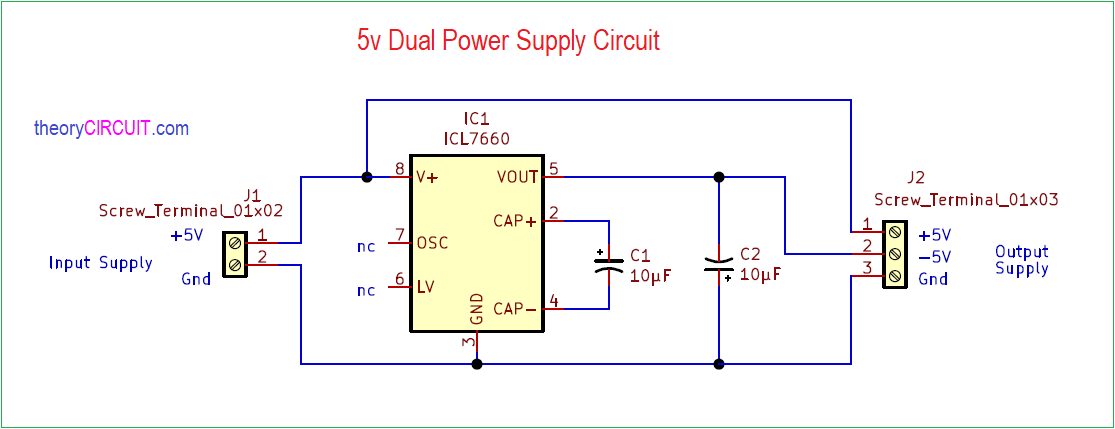
As an example, an amplifier requiring a gain of eleven could be built by making R 2 47 k ohms and R … GV Open Loop Voltage Gain 80 dB GV Closed Loop Voltage Gain 30 30. You need to declare a value of R1 as the GLOBAL parameter and then sweep global parameter in desired range. Save your project and setup a simulation profile 1) Click PSpice -> New Simulation Profile. The data actually entered into pSpice is text-based For negligible channel length modulation, the above equation can be substituted in the voltage gain of resistive load CS amplifier for load impedance, yielding. 6 V, the voltage on the emitter will be about 4.
#PSPICE SCHEMATICS VOLTAGE SOURCE GENERATOR#
Equipment Required 1 – Computer with Capture, Pspice, and Excel 1 - Digital Multimeter (DMM) 1 - Function Generator 1 - Oscilloscope 1 - RCL Meter (shared) 1 - Protoboard How did this compare to the theoretical gain? How did this compare to the PSpice gain? (2 pt) What value did you get for the saturation voltage of the 741 op-amp in PSpice? What value did you get for the saturation voltage of the real op-amp in your circuit? PSpice transient of the voltage divider with 100Ω load and no voltage follower. cir" * MOS Diff Amp with Current Mirror Load *DC Transfer Characteristics vs VID VID 7 0 DC 0V AC 1V E+ 1 10 7 0 0.
#PSPICE SCHEMATICS VOLTAGE SOURCE CODE#
If you have a lot of free time on your hands try pasting this code into PSPICE. The four types of dependent sources are listed below in table 1 along with their abbreviation, PSPICE name and library. (The amplitude of the input voltage should remain at 1V peak. Three bias networks are analyzed using LTSPICE. R1 R2 PSpice for filters and transmission lines Paul Tobin. You also need to use appropriate measurement for GAIN calculation for generating plot. Simulation setup for measuring the threshold voltage with PSPICE.

' collapsItems = ' EDWinXP Video tutorials The circuit below entered into pSpice will let us plot out I-V characteristics of the device J1 corresponding to pSpice's numerical model. Where N+ is the positive side of the dependent source and N- is the negative side. In this case, it is important to make sure that the input common-mode voltage (V 1) remains halfway between the power supply voltages, and that the power supplies are constant.

Using PSpice Windows, determine the voltage gain for the network of Fig. Plot the input V (4) and output V (1) of the Transient Analysis. ) ÆFor every 10 times change in frequency f (decade), there is a 20dB decrease in the voltage gain as shown in the following Bode plot Example: The midrange voltage gain of a certain amplifier is 100. From the above figure, it can be observed that the transformer is present at the sources has the minimum required dc voltage across it for proper operation. Lets’ now move towards the non-inverting amplifier, the circuit diagram of a non-inverting amplifier, simulated in the schematic of PSPICE is shown in the figure below, This circuit combines an inverting and non-inverting amplifier to make a reference voltage adjustable from the negative of the input voltage up to the input voltage. On the plot of the output voltage, change the trace to “20*LOG10(V(U2:OUT))” to get the gain in decibels (U2:OUT is the output node of the op-amp, which may be labeled differently in your circuit).

Voltage gain pspice Try changing some of the transistor parameters such as W, L, and KP.


 0 kommentar(er)
0 kommentar(er)
